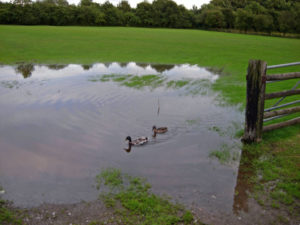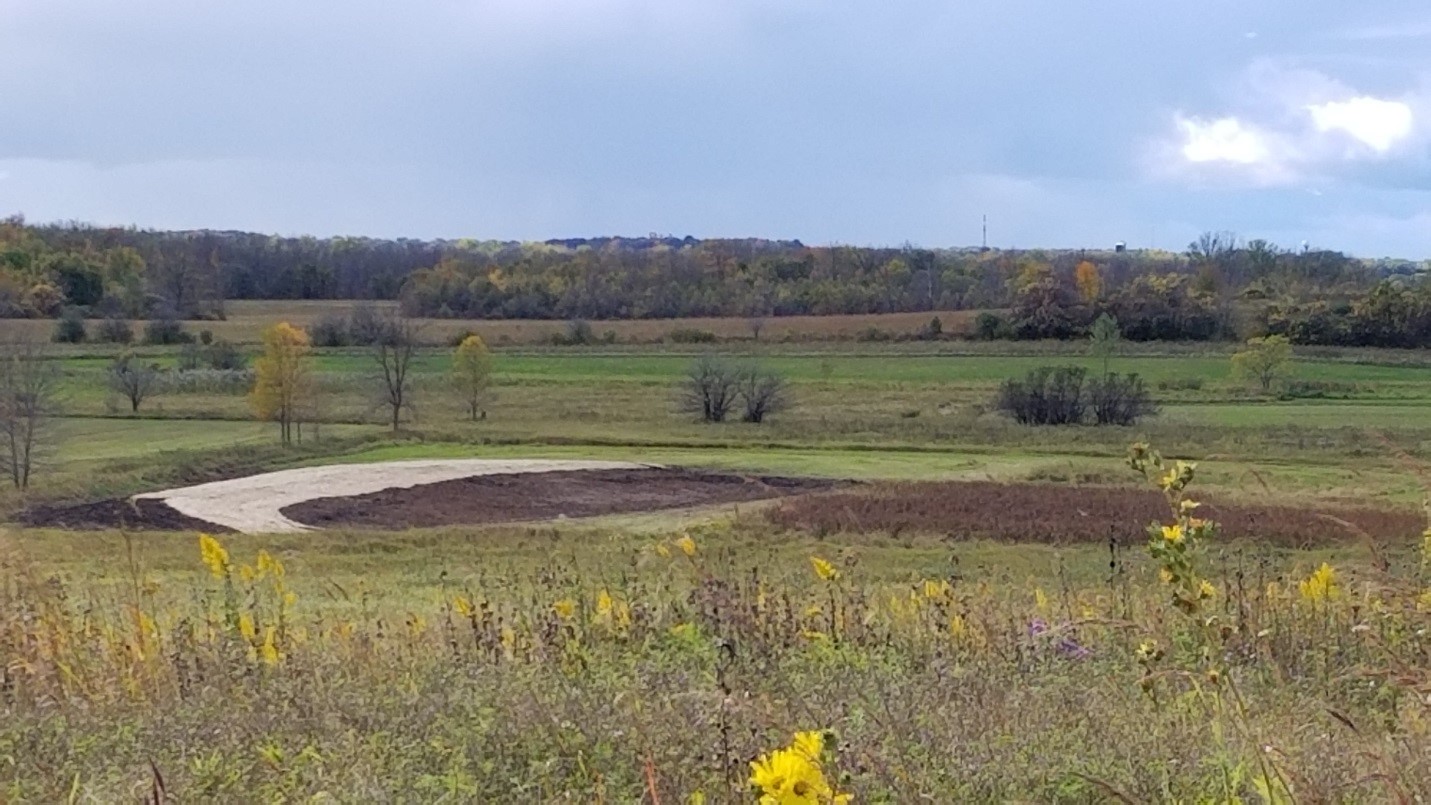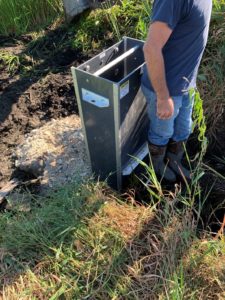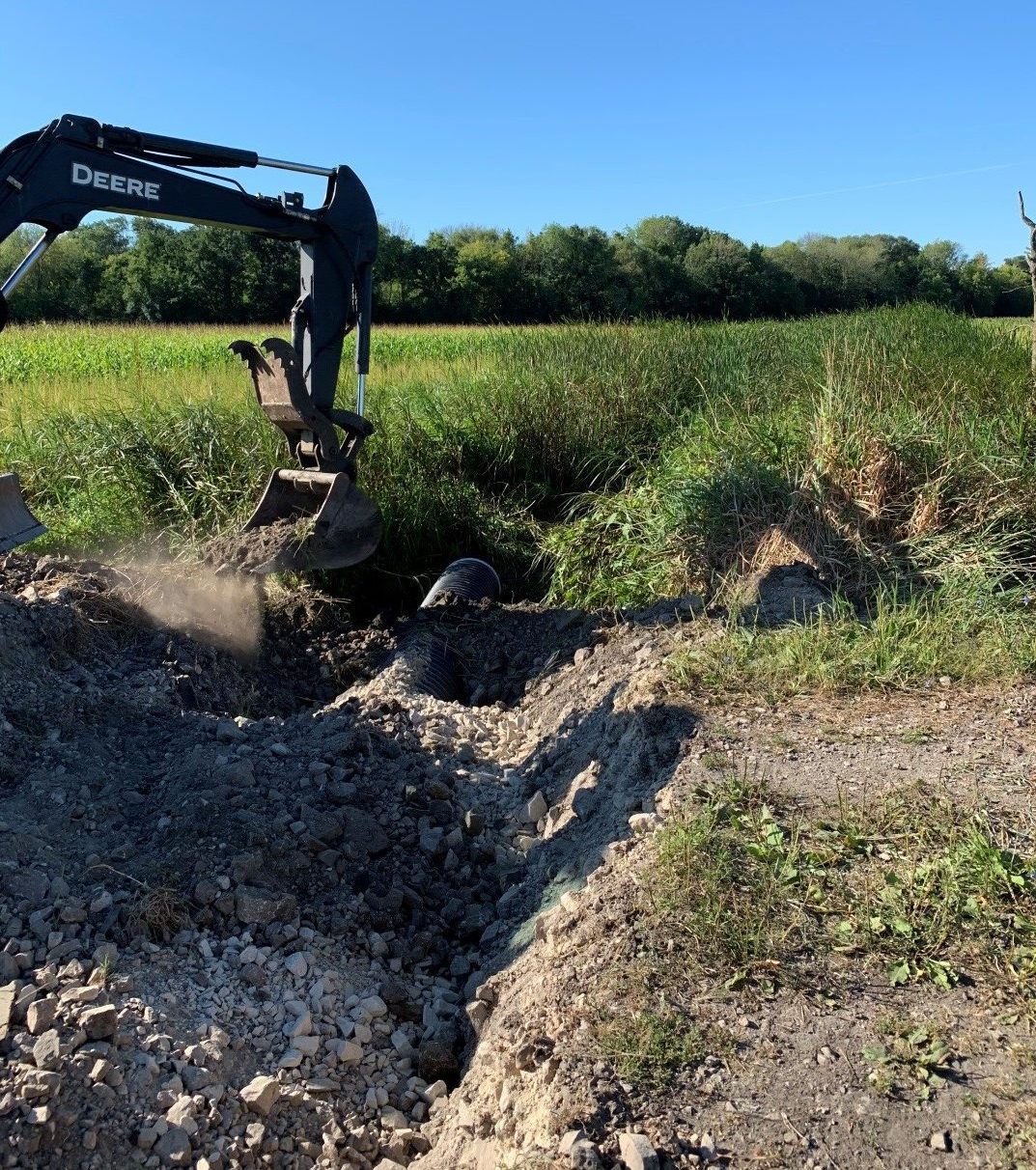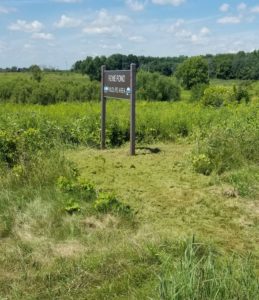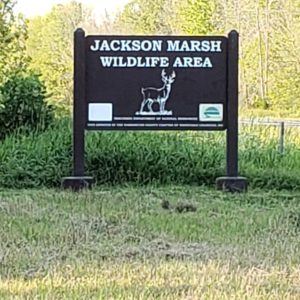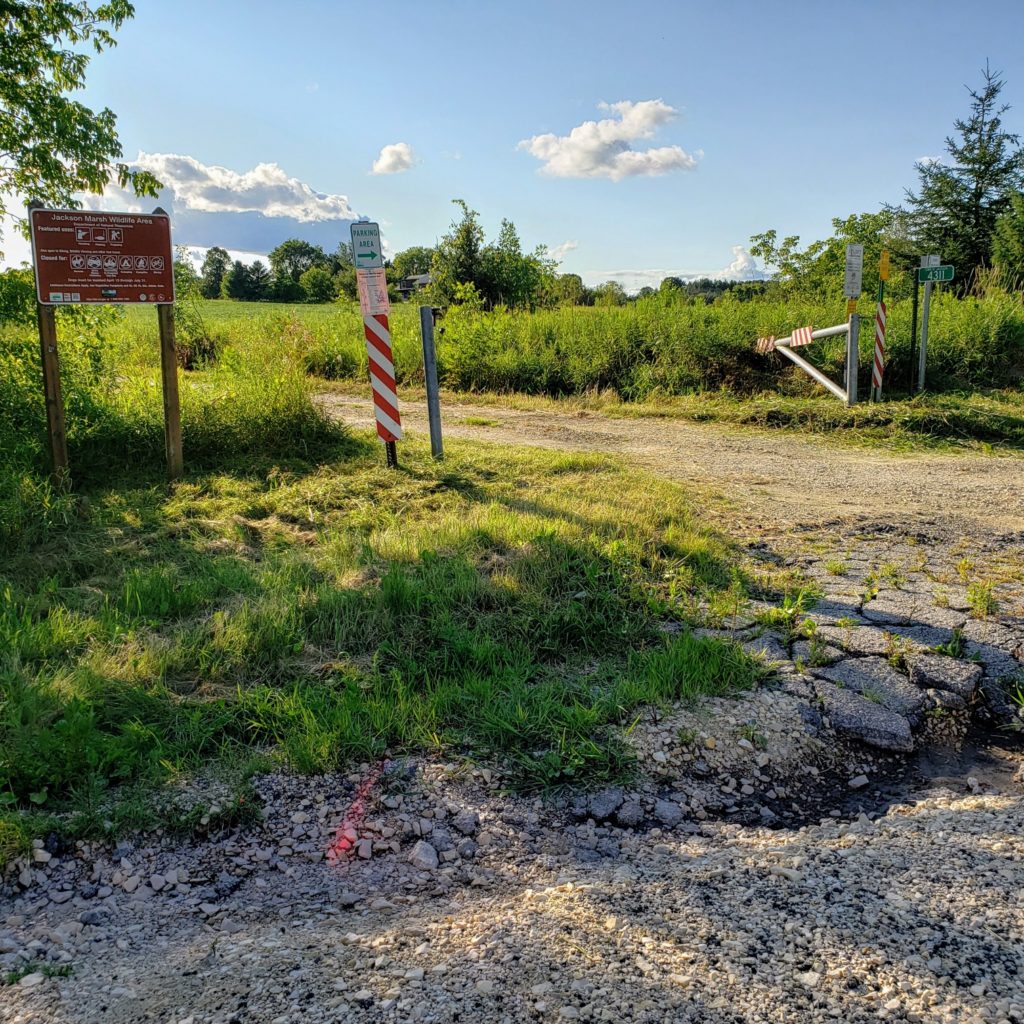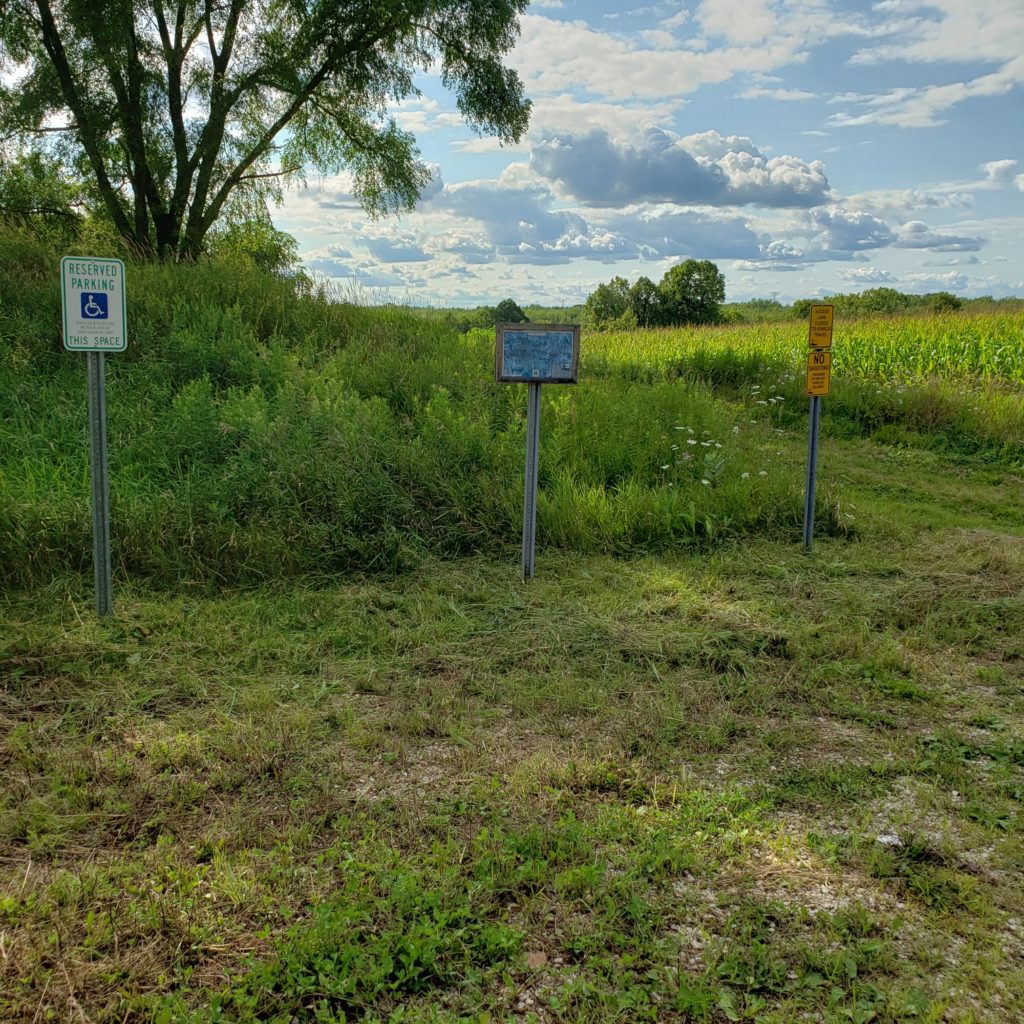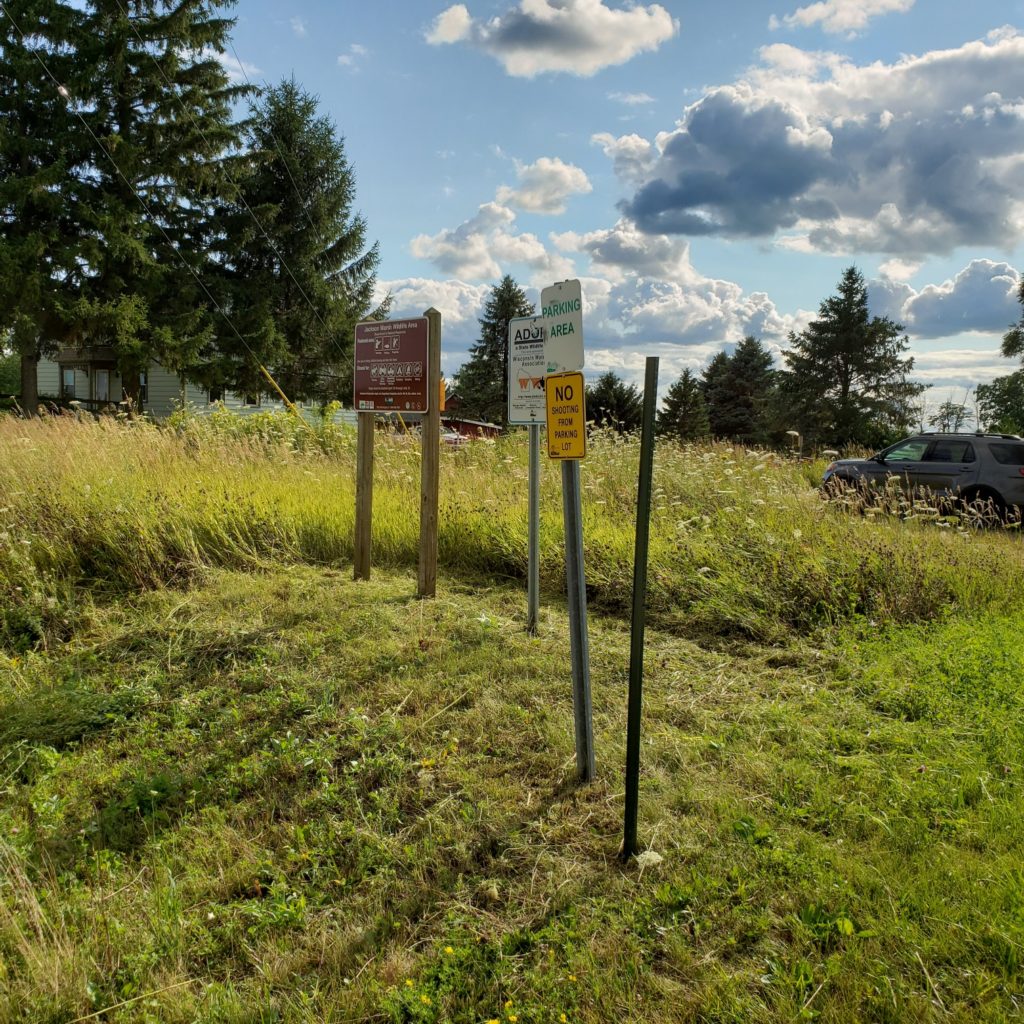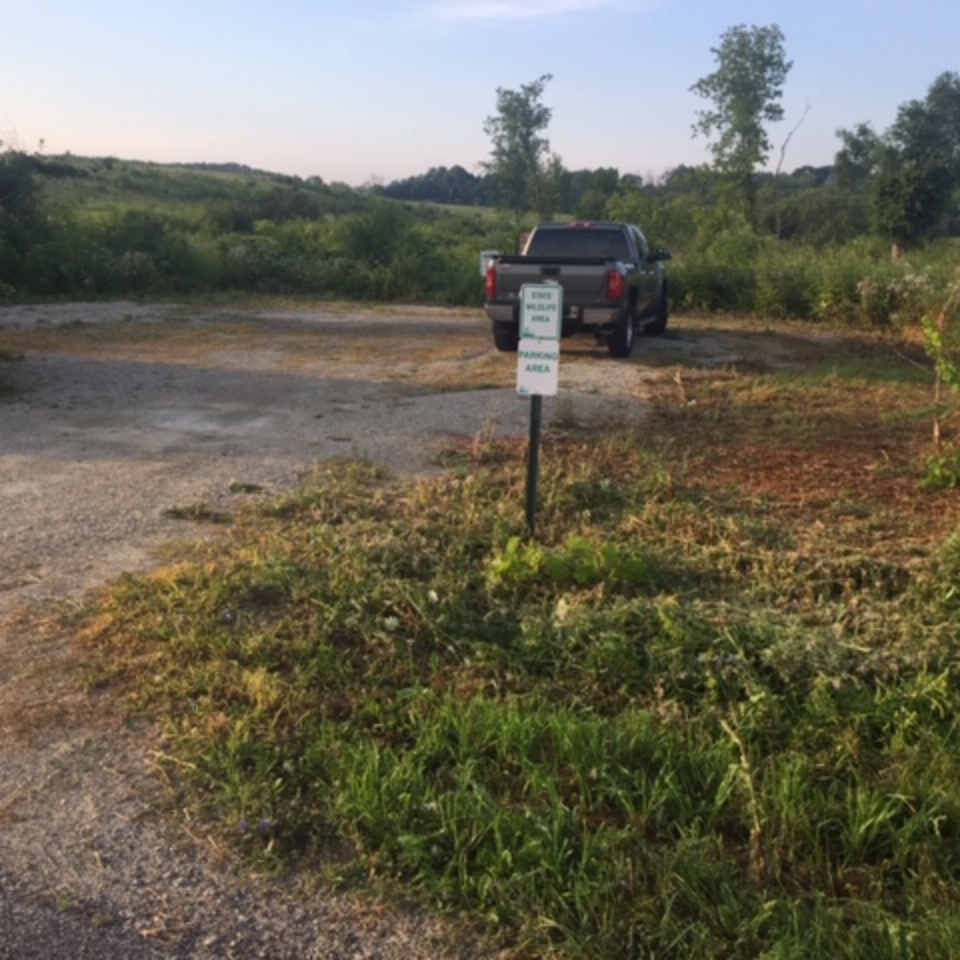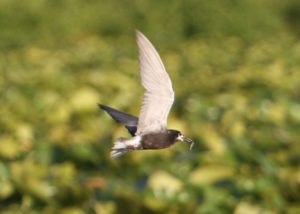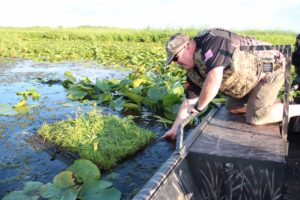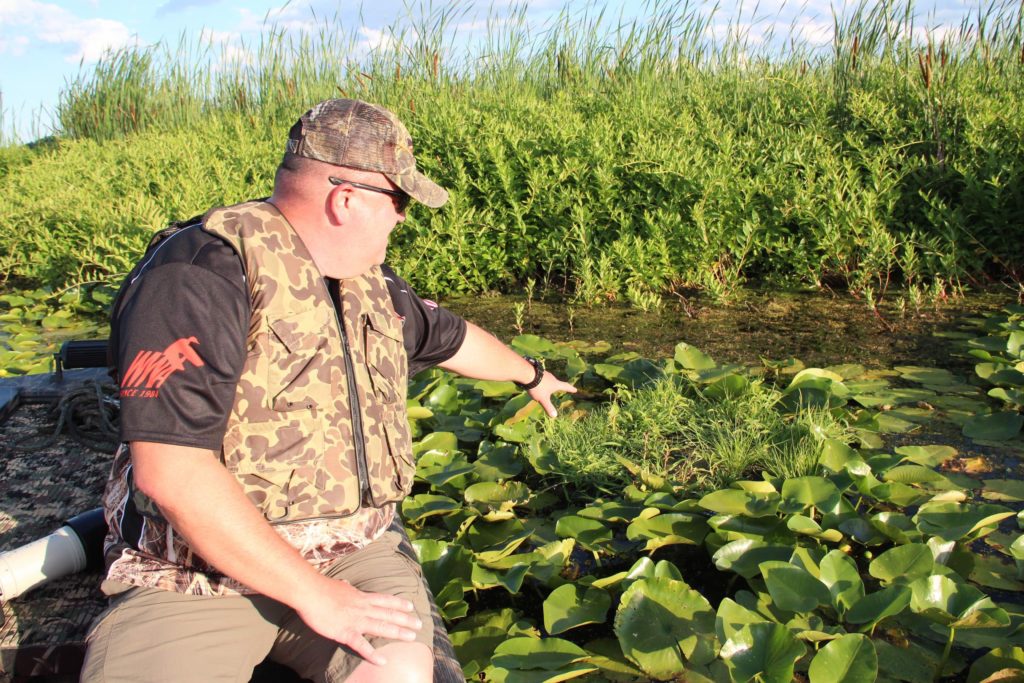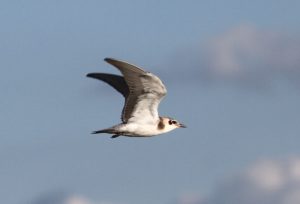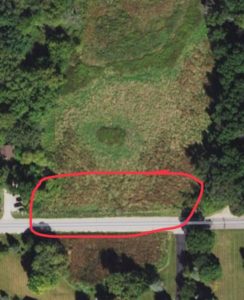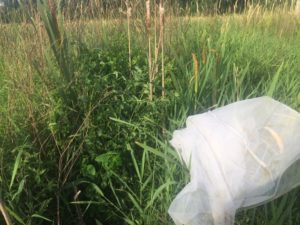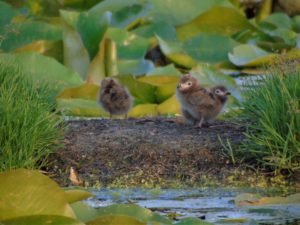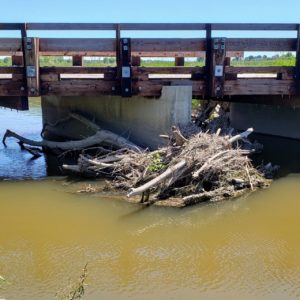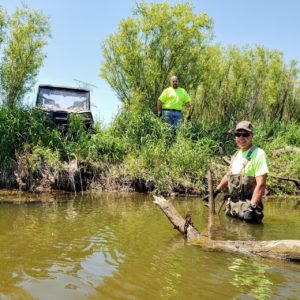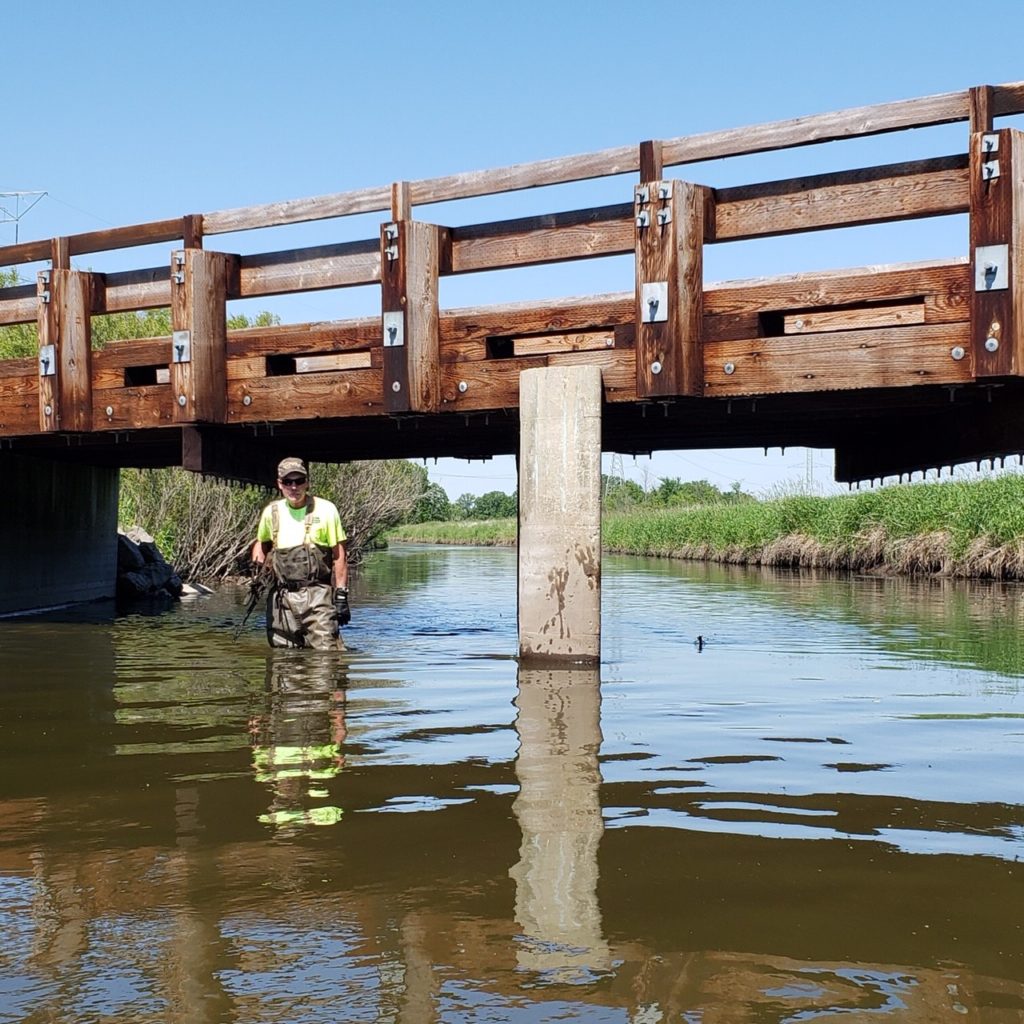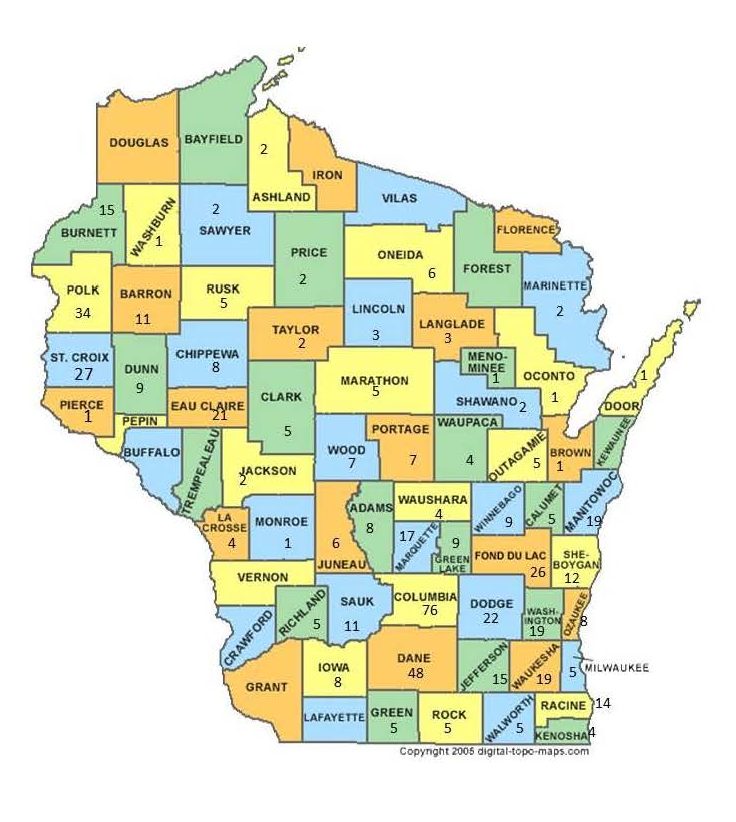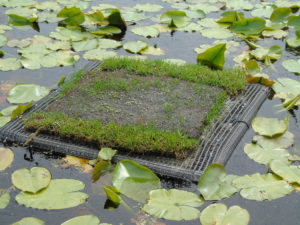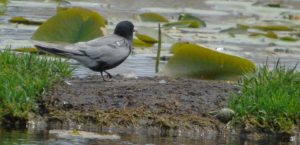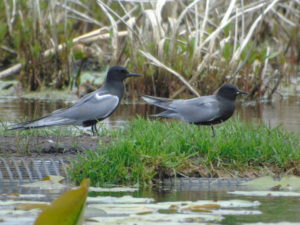 By Peter Ziegler, Project Director – wwawetlands@gmail.com
By Peter Ziegler, Project Director – wwawetlands@gmail.com
As the season is nearing its end here in the southern part of the state and we transition into winter, I’m thinking about wetlands and how they fared over the year. It is with no doubt in many parts of the state wetlands are in good shape from a water standpoint. We have high ground water tables from ample precipitation over the last two years which has aided in spring production by providing “wet areas” in nearly every depressional landscape contour across Wisconsin. This has also been a benefit for fall migrants as well. With many shallow flooded areas in the middle of fields there were ample food and security spots which helped keep many birds around this fall after some early cold fronts moved birds into the state. With all the water in the soil, which is exhibited by numerous areas of ponding which normally are dry, we should have good brood and spring migratory habitat in 2021, which will greatly benefit production.
That is not all that is needed. Quality and quantity of habitat is also important. WWA continues to provide habitat where it is most beneficial. We recently wrapped up a ten acre site in Marquette County, which will really impact about 30 acres. From here, we are waiting on frozen ground to finish five more restoration projects this winter. Hopefully we get some decent frost, unlike last winter, and all will go as planned.
As always WWA is continually looking for quality projects on public and private lands to help restore. Send me an e-mail or fill out our project request form online.

